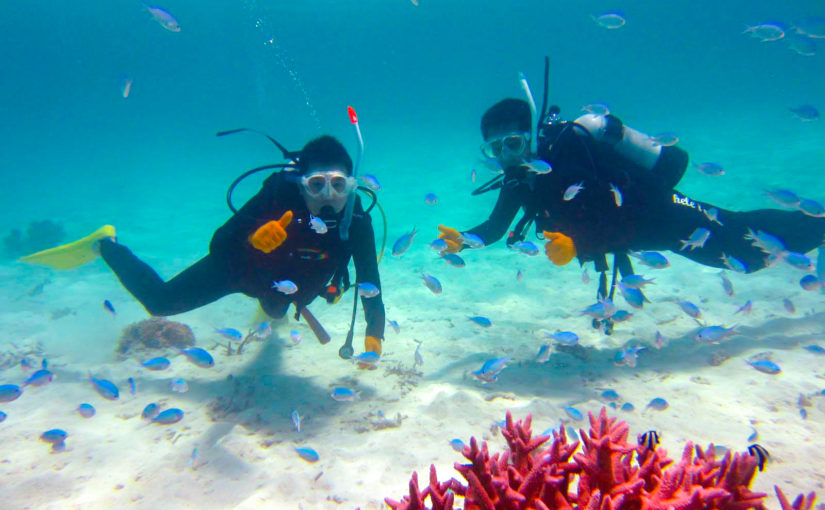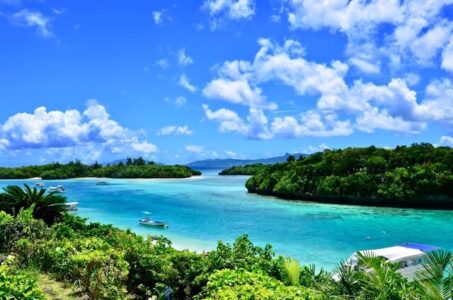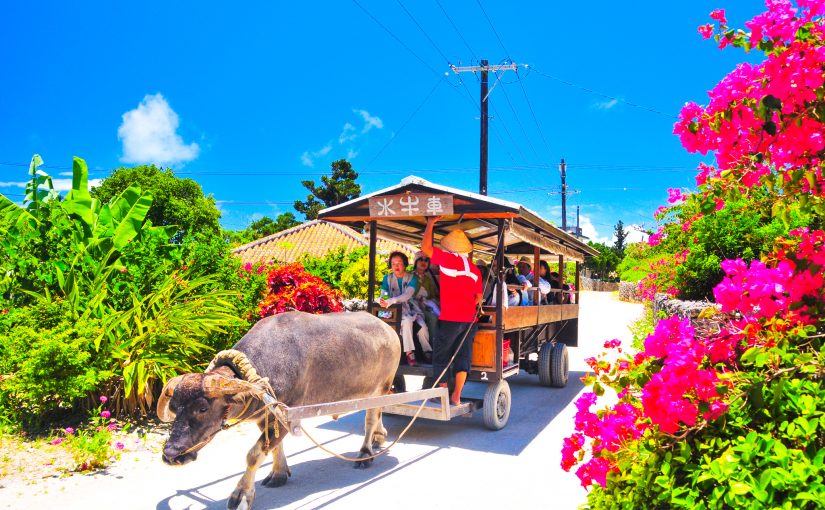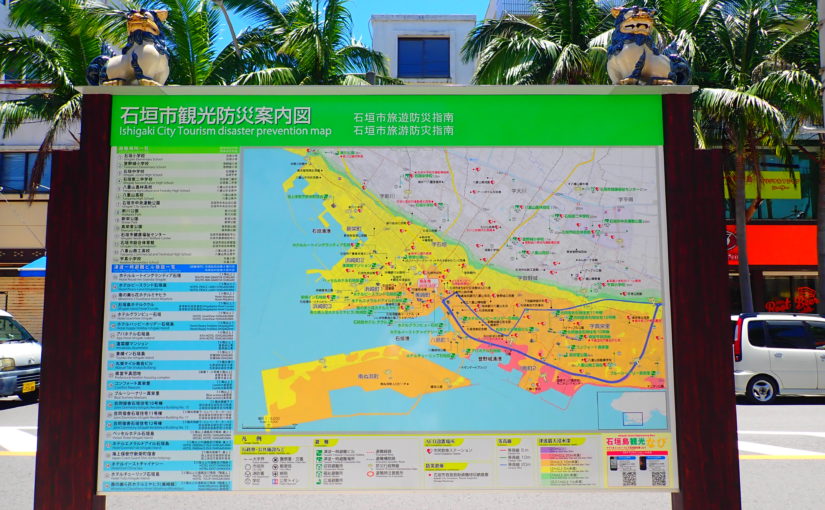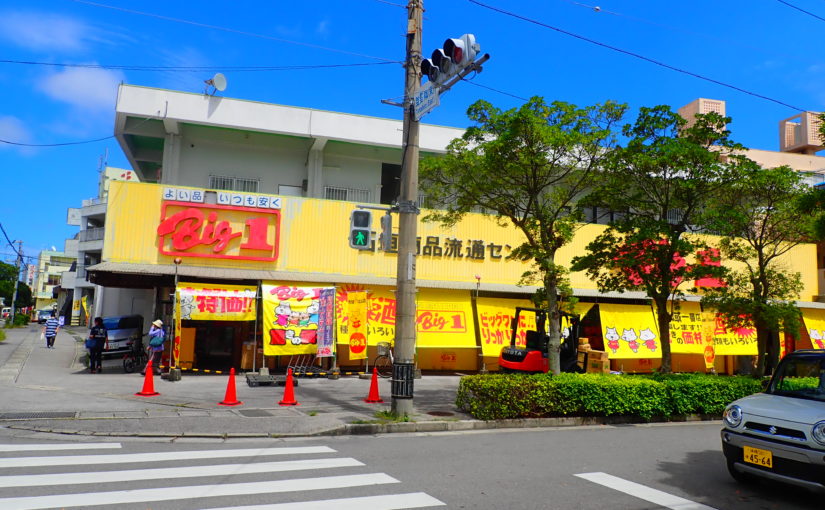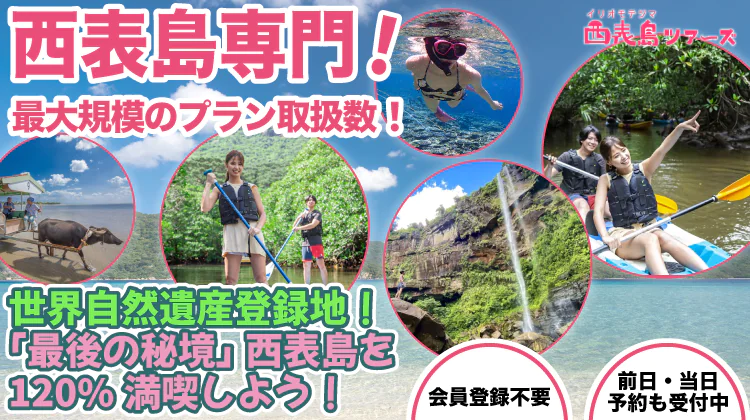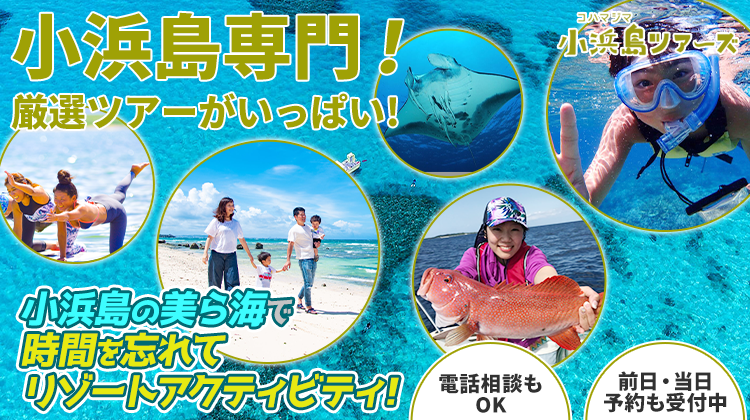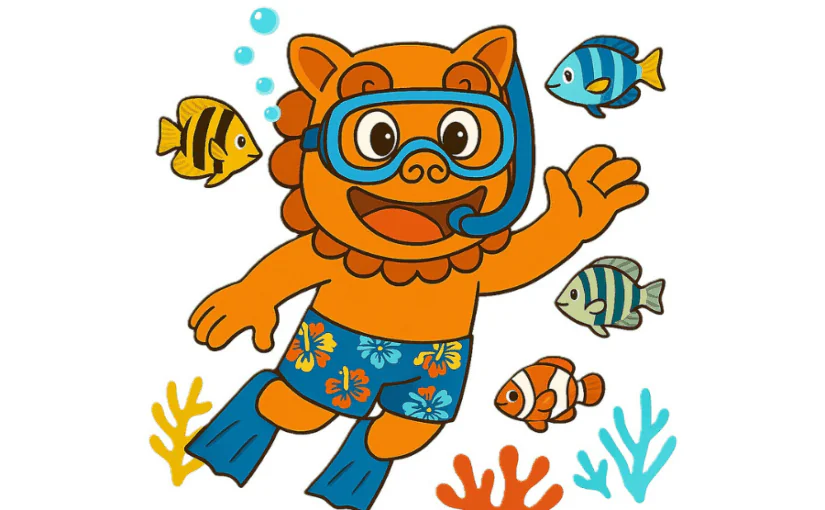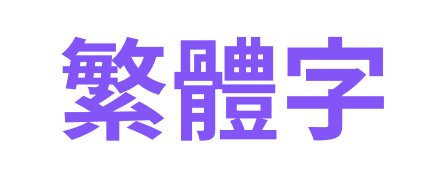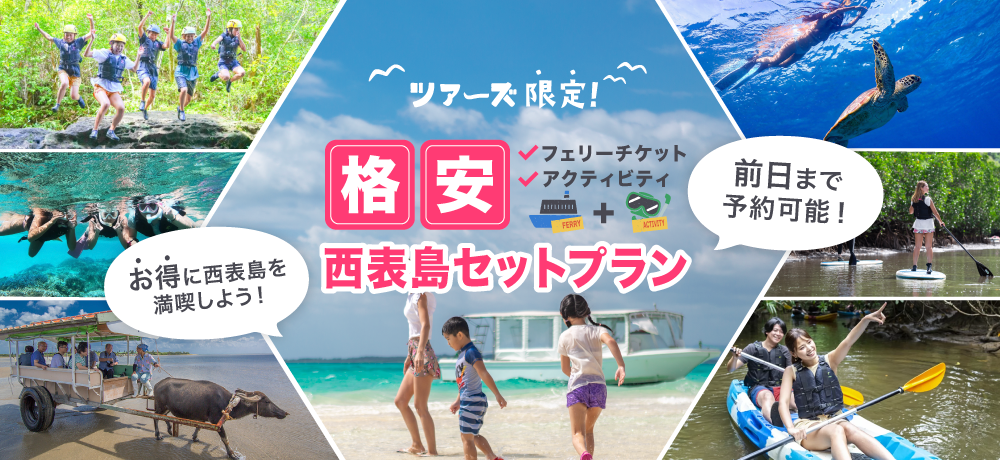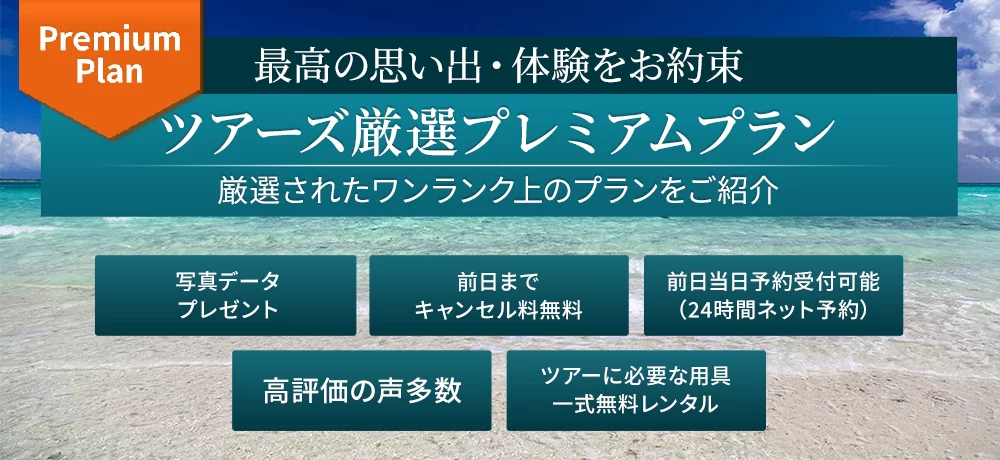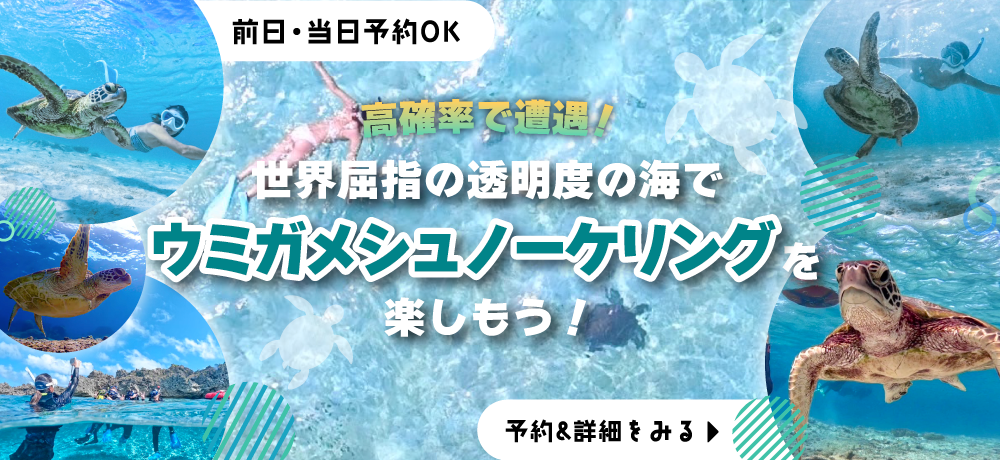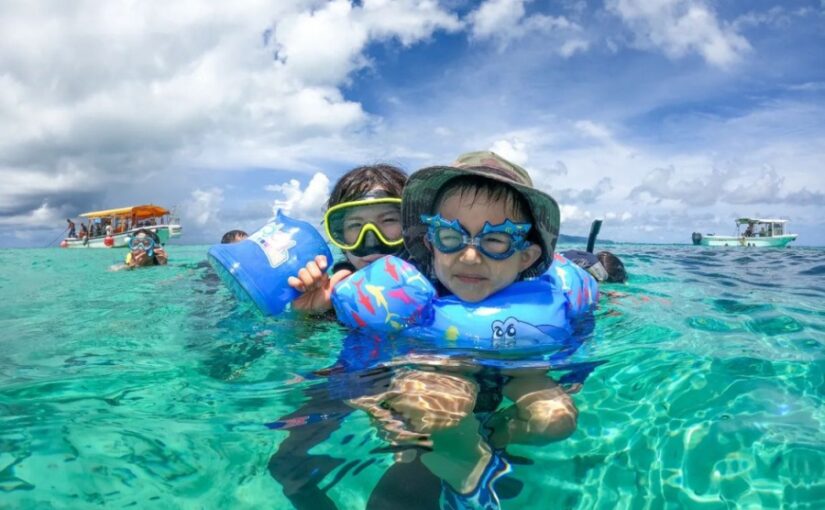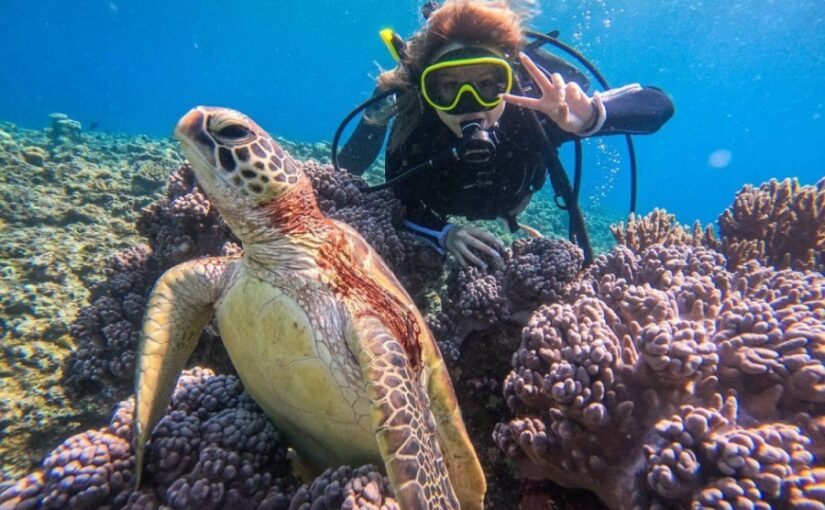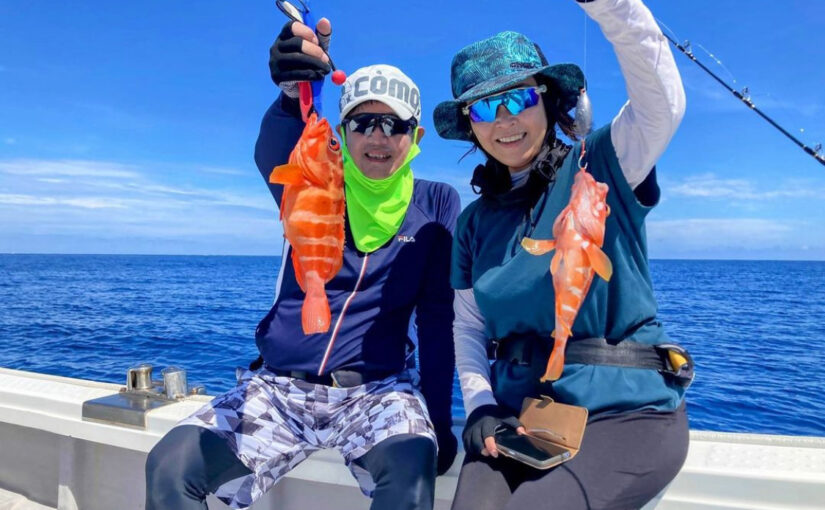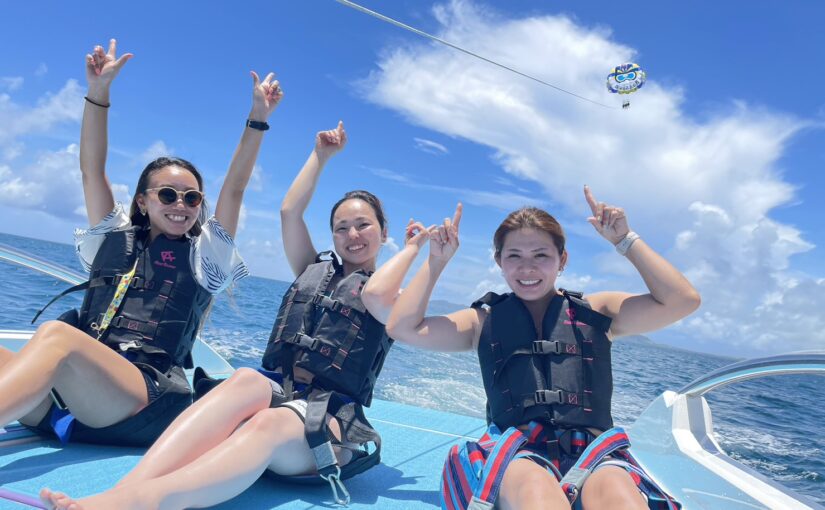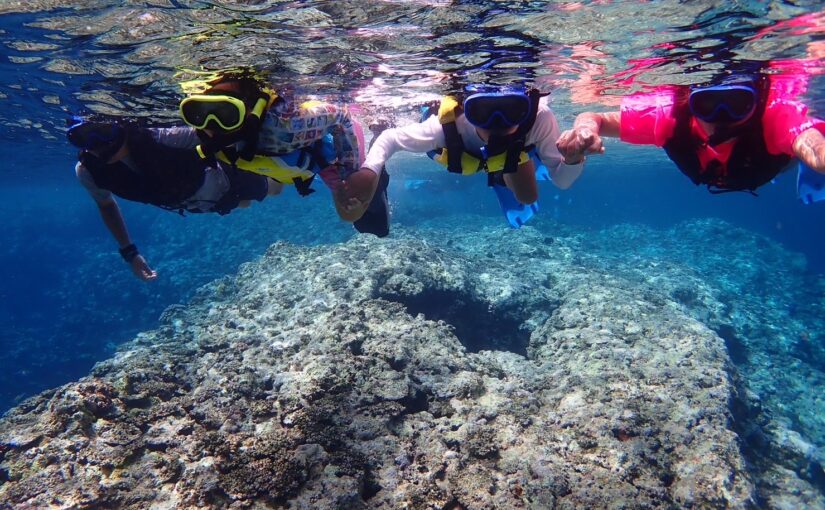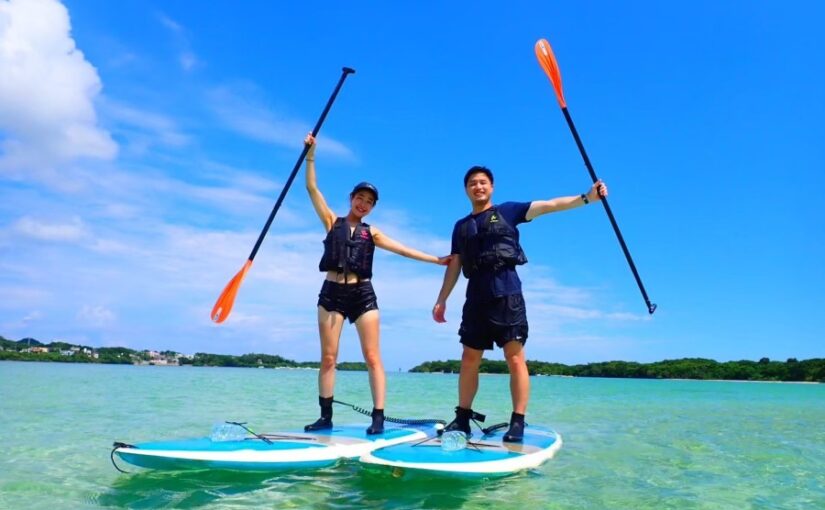A complete guide to seeing manta rays on Ishigaki Island☆ Introducing popular tours, spots, and times when encounter rates increase.
Table of Contents
- 1 A trip to meet manta rays in Ishigaki Island Thorough explanation of popular spots and tours
- 2 Why is Ishigaki Island a paradise for manta rays? An Expert Explains Ecology and Characteristics
- 3 What is the best season and time to see manta rays? Calendar of Encounter Rates by Season
- 4 Encounter rate of 901 TP3T or higher! Thorough comparison of two major manta spots in Ishigaki Island
- 5 By Purpose How to choose an activity to see manta rays
- 6 Important rules and precautions to follow for manta rays and the environment
- 7 Q&A for encountering manta rays on Ishigaki Island
- 8 summary
⬇︎Click here for a special feature on the popular manta ray tours of the sea☆.
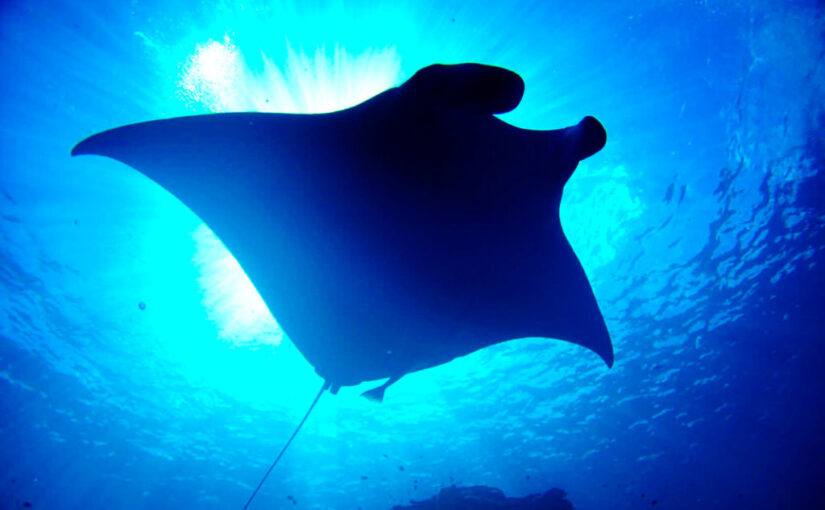 Ishigaki Island Manta Ray (Snorkeling/Diving) Tour Attention from all over the world! Let's swim with Manta Rays in Ishigaki Island! Many manta rays inhabit in the ocean of Ishigaki Island. However, it is quite difficult to go to see manta rays by yourself. Activity tours led by professional guides [...]. (6 in total) アクティビティの詳細を見る
Ishigaki Island Manta Ray (Snorkeling/Diving) Tour Attention from all over the world! Let's swim with Manta Rays in Ishigaki Island! Many manta rays inhabit in the ocean of Ishigaki Island. However, it is quite difficult to go to see manta rays by yourself. Activity tours led by professional guides [...]. (6 in total) アクティビティの詳細を見る Go on a trip to meet manta rays in Ishigaki Island
Thorough explanation of popular spots and tours

Ishigaki Island is surrounded by rich nature and coral and is a popular diving spot,The island where you can see manta rays.It's also attracting worldwide attention as a
Ishigaki Island is where the dream of "once diving with manta rays" comes true. This time, we will introduce the points where you can see manta rays and recommended tours☆.
Those who want to swim with manta ray at least once
◆Love diving and snorkeling
◆If you want to know information about manta spots in Ishigaki Island
High probability of encounter!
Popular☆See the list of Manta Tour in Ishigaki Island
Why is Ishigaki Island a paradise for manta rays?
Experts explain ecology and characteristics
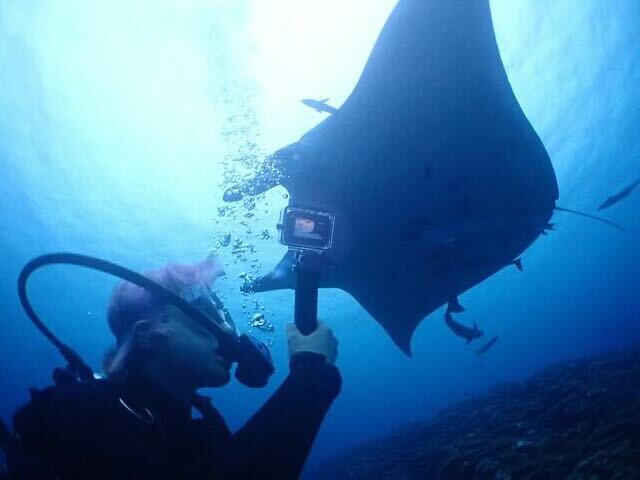
Ishigaki Island is known worldwide as "the island where you can see manta rays" because of its rich natural environment and ocean currents!
The Kuroshio Current flows into the ocean around Ishigaki Island, bringing in large amounts of nutrient-rich plankton. This plankton is the staple food of manta rays and is the main factor that attracts them to these waters.
The reasons why the Ishigaki Island area is considered a paradise for manta rays are as follows.
Nutrient-rich currents bring in plankton, the food of manta rays.
Cleaning Station
There are numerous places where small fish clean the bodies of manta rays, a habit that attracts manta rays.
Water temperature and environment
The waters are warm throughout the year, providing comfortable conditions for manta rays.
What is the best season and time to see manta rays?
Calendar of Encounter Rates by Season
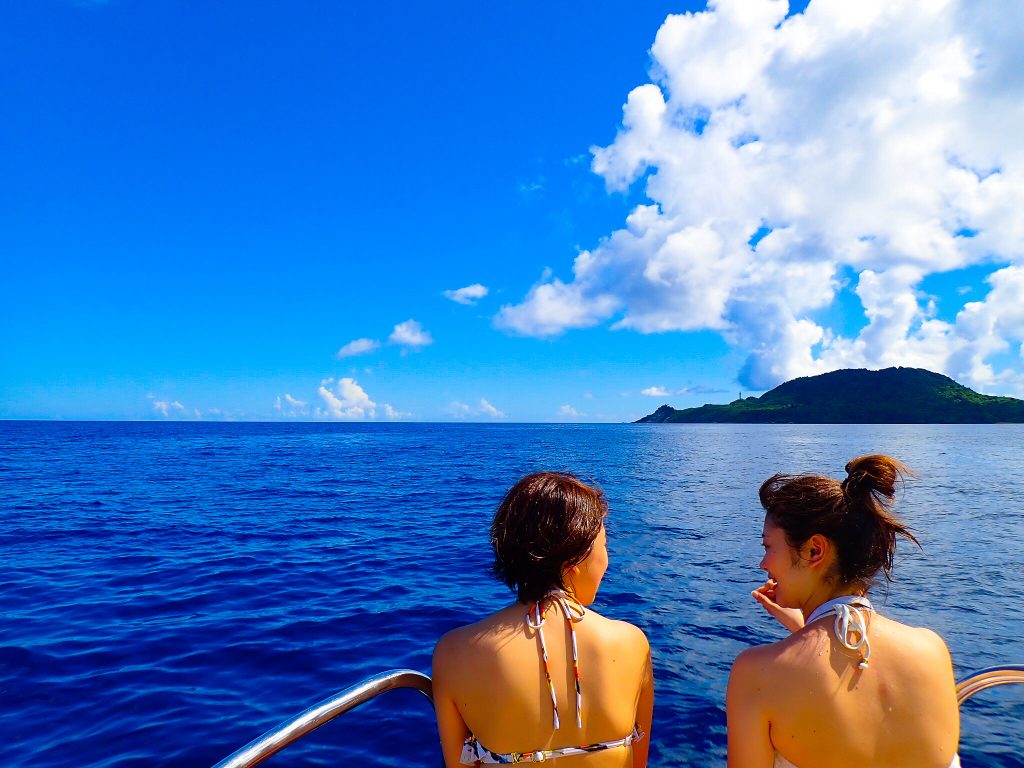
Manta encounters are possible all year round on Ishigaki Island, but the highest encounter rates are from summer to fall. Especially from July to October is said to be the top season to see manta rays with more than 90% probability.
Summer (June-August): Top season. Water temperature is high and snorkeling is comfortable.
■Autumn (September-October): the time of year when encounter rates are highest, with a probability of more than 901 TP3T.
Winter (November to February): Sea conditions are unstable due to northerly winds. Encounter rates are down, but you may be able to find them in some holes.
The recommended time is in the morning. In the morning, the sea is relatively calm and clear, and the encounter rate is stable.
High probability of encounter!
Popular☆See the list of Manta Tour in Ishigaki Island
Encounter rate of 901 TP3T or higher!
Thorough comparison of the two major manta spots on Ishigaki Island
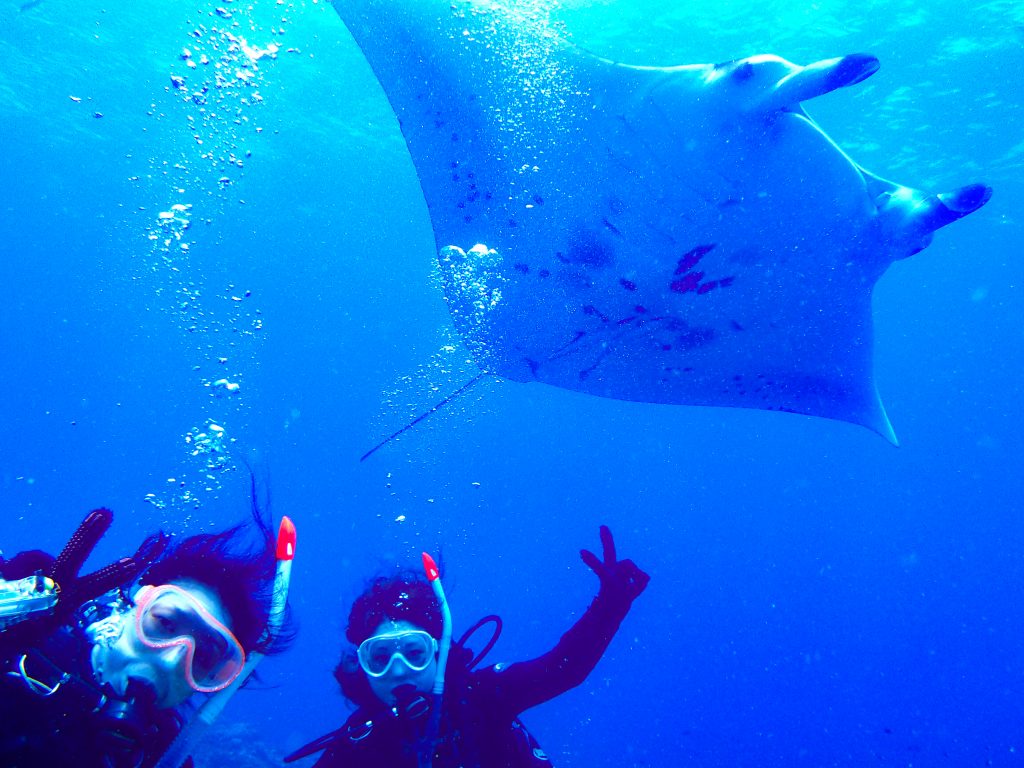
If you want to catch manta rays in Ishigaki Island, you can't miss the two major spots, "Kabira-Ishizaki Manta Scramble" and "Manta City Point (MCP)".
All of these points are world-famous and coveted by many divers, but each has different characteristics. Choosing one according to the traveler's experience level and objectives will lead to a more satisfying experience!
Kabira-Ishizaki Manta Scramble
(for beginners and snorkelers)
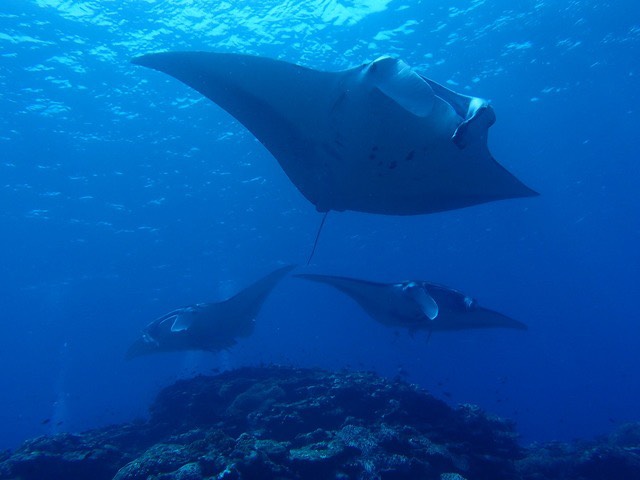
It is the representative manta spot of Ishigaki Island and is a famous area often introduced in domestic and international guidebooks.
The depth of the water is relatively shallow (10 to 15 meters), making it possible to observe manta rays even while snorkeling. If you are lucky, you will be able to see several manta rays dancing in formation, and you will be overwhelmed by the sight as if they were flying in the sky!
It is easy for beginners and families to try, and it is a spot you should experience at least once if you visit Ishigaki Island.
Average depth: 10-15 m
Flow: Gentle to moderate
Point: Recommended for beginners.
↓Kawapyeong held! Recommended Manta Tours
 Ishigaki Island/Kabira/4 hours] 2 luxurious dives in half a day☆Guides to popular colorful coral reefs and manta points! Small Group Experience Diving Tour (No.503)開始時間8:15-12:30 / 12:30-16:40所要時間Approx. 4 hours19,800 yen
Ishigaki Island/Kabira/4 hours] 2 luxurious dives in half a day☆Guides to popular colorful coral reefs and manta points! Small Group Experience Diving Tour (No.503)開始時間8:15-12:30 / 12:30-16:40所要時間Approx. 4 hours19,800 yen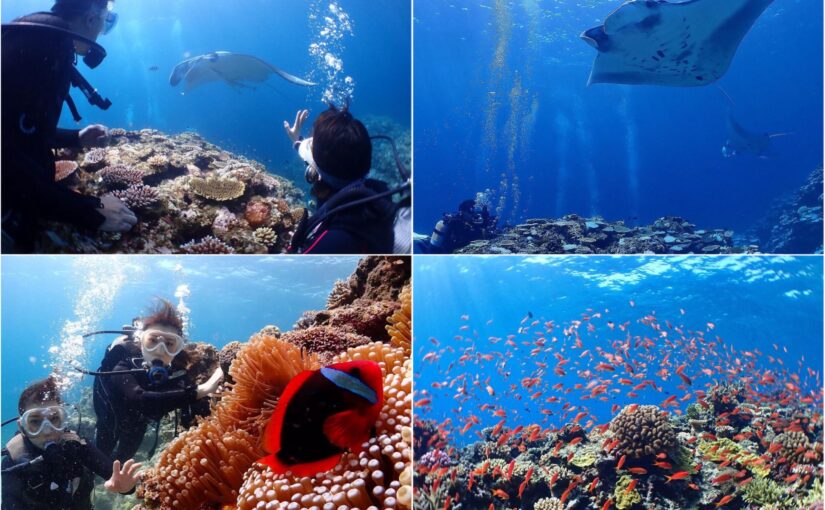 Ishigaki Island/Kawahira/one day】Dive in Kawahira with 2 dives of Manta Ray Experience Diving☆A small group of divers enjoy full day diving, so beginners can feel at ease (No.505)開始時間8:00-16:00所要時間Approx. 5.5 to 7 hours25,000 yen
Ishigaki Island/Kawahira/one day】Dive in Kawahira with 2 dives of Manta Ray Experience Diving☆A small group of divers enjoy full day diving, so beginners can feel at ease (No.505)開始時間8:00-16:00所要時間Approx. 5.5 to 7 hours25,000 yen
Manta City Point (MCP)
(For divers)

On the other hand, Manta City Point is popular among divers who want to experience manta rays in a more authentic way.
This is a dive site only, as it is located at a slightly deeper depth of 15 to 20 meters and cannot be reached by snorkel.
The attraction is that you can watch closely as the manta rays stay at the cleaning station and have their bodies cleaned by small fish.
Average depth: 10-15 m
Current: Moderate, can be difficult for beginners on days with strong current
Point: Coral reefs dot the sandy expanse
By purpose
How to choose activities to see manta rays
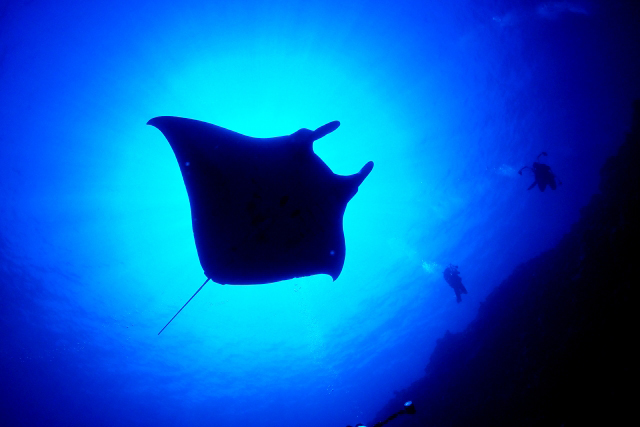
There are many ways to encounter manta rays on Ishigaki Island, including snorkeling and experience diving, depending on your skills and preferences.
Depending on which method you choose, the enjoyment and the scenery you will see will vary greatly. Choosing the right activity for you will help you create the best memories!
High probability of encounter!
Popular☆See the list of Manta Tour in Ishigaki Island
For easy enjoyment with no license required
Snorkeling."
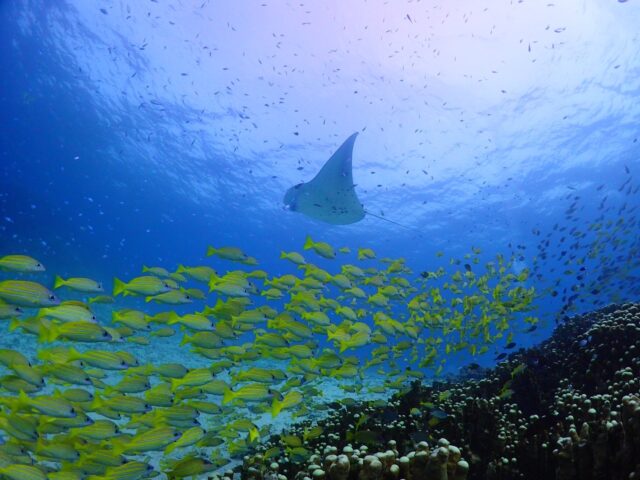
Snorkeling does not require a license and is a safe activity for beginners.
In shallow spots like the Kabira-Shizaki Manta Scramble, there is a good chance to see manta rays even when snorkeling☆.
It is a unique experience in Ishigaki Island to be able to observe manta rays swimming gracefully as if looking up from the surface of the water. It is recommended for family trips and with small children, and you can easily try it♪.
Click here for ⬇︎ recommended diving tours.
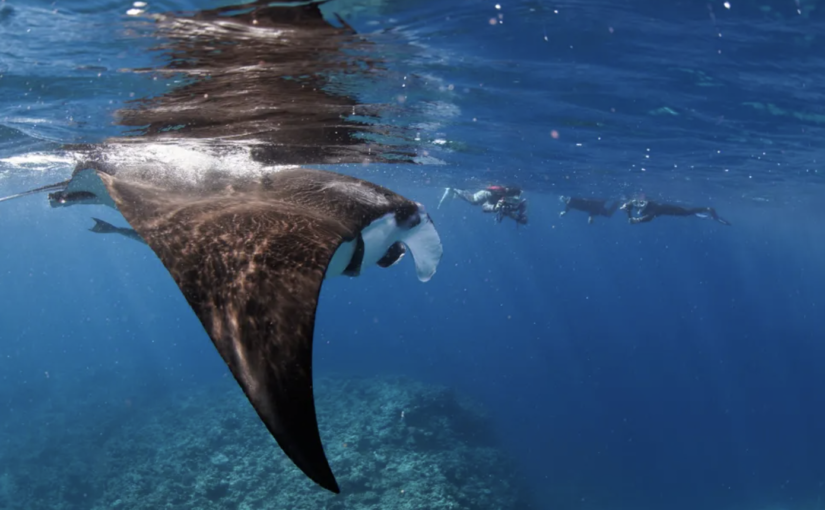 Ishigaki Island / 1 day】Only available from November to April! Powerful Manta Ray Snorkeling Tour Small group specializing in beginners (No.324)開始時間8:30~15:30所要時間Approx. 7 hours18,000 yen
Ishigaki Island / 1 day】Only available from November to April! Powerful Manta Ray Snorkeling Tour Small group specializing in beginners (No.324)開始時間8:30~15:30所要時間Approx. 7 hours18,000 yen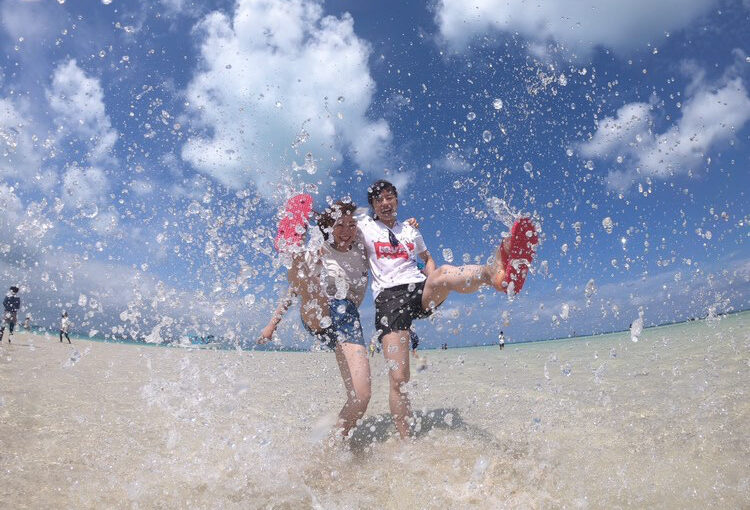 Ishigaki Island/Half Day] Sea Turtle or Manta Snorkel & Miraculous Uninhabited "Phantom Island" Landing Tour 《Including Pickup》We are sure you will be excited to see the sea creatures you have always dreamed of☆ (No.500)開始時間8:20-12:15 / 13:00-16:30所要時間Approx. 3.5 hours9,500 yen
Ishigaki Island/Half Day] Sea Turtle or Manta Snorkel & Miraculous Uninhabited "Phantom Island" Landing Tour 《Including Pickup》We are sure you will be excited to see the sea creatures you have always dreamed of☆ (No.500)開始時間8:20-12:15 / 13:00-16:30所要時間Approx. 3.5 hours9,500 yen
If you want to feel the great power up close and personal
Experience diving."
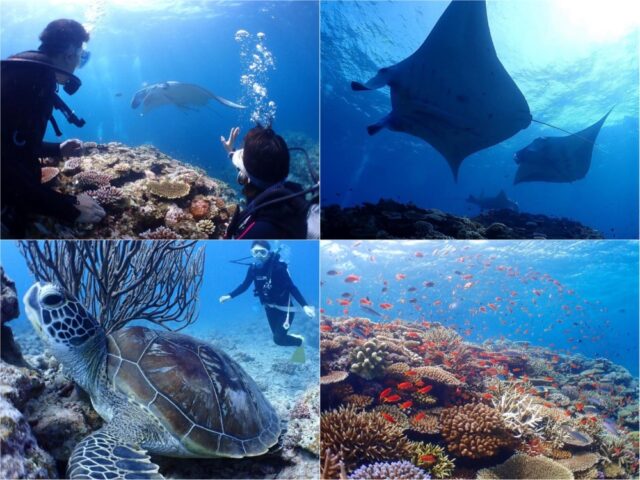
For those who wish to experience manta rays up close, experience diving is recommended!
Since you can dive with the support of an instructor, you can safely try diving even without a license.
The excitement of standing at the same eye level underwater and encountering a manta ray swimming effortlessly a few meters away is truly an experience of a lifetime.
Please come and experience the power that cannot be experienced through photos or videos♪
Click here for ⬇︎ recommended diving tours.
 Ishigaki Island/Kabira/4 hours] 2 luxurious dives in half a day☆Guides to popular colorful coral reefs and manta points! Small Group Experience Diving Tour (No.503)開始時間8:15-12:30 / 12:30-16:40所要時間Approx. 4 hours19,800 yen
Ishigaki Island/Kabira/4 hours] 2 luxurious dives in half a day☆Guides to popular colorful coral reefs and manta points! Small Group Experience Diving Tour (No.503)開始時間8:15-12:30 / 12:30-16:40所要時間Approx. 4 hours19,800 yen Ishigaki Island/Kawahira/one day】Dive in Kawahira with 2 dives of Manta Ray Experience Diving☆A small group of divers enjoy full day diving, so beginners can feel at ease (No.505)開始時間8:00-16:00所要時間Approx. 5.5 to 7 hours25,000 yen
Ishigaki Island/Kawahira/one day】Dive in Kawahira with 2 dives of Manta Ray Experience Diving☆A small group of divers enjoy full day diving, so beginners can feel at ease (No.505)開始時間8:00-16:00所要時間Approx. 5.5 to 7 hours25,000 yen
Important rules and precautions to follow for manta rays and the environment
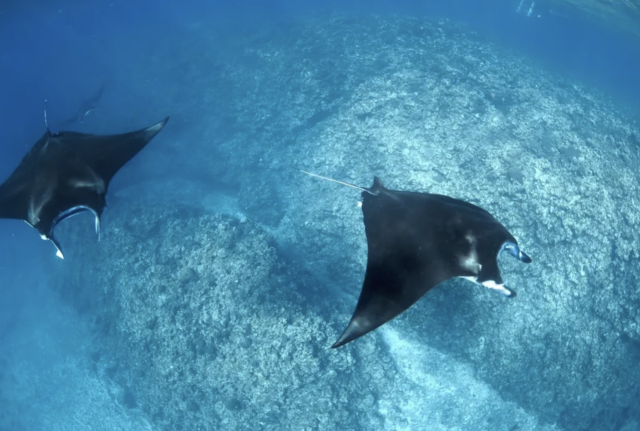
When enjoying manta ray watching on Ishigaki Island, it is important to understand the rules to protect the natural environment and ecosystem.
Mantas are wild creatures and can be stressed by human behavior. Chasing or touching manta rays is strictly prohibited and their natural behavior must be respected.
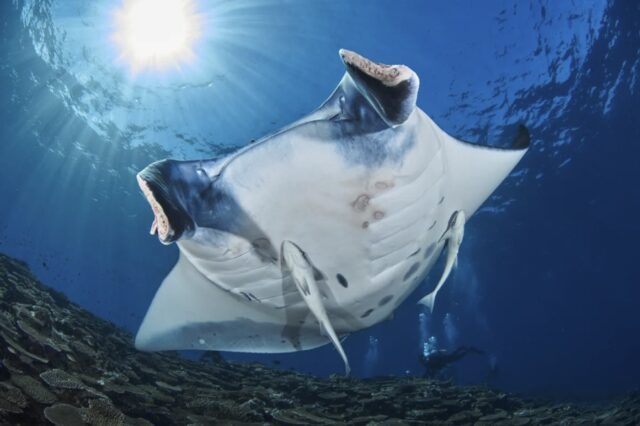
Also, be careful not to kick coral with your fins and avoid standing unintentionally in the water!
Guides will instruct you on safe and environmentally friendly behavior on the tour, and you are expected to follow their instructions without fail.
Following these rules is essential to preserve the beauty of Ishigaki Island's ocean for future generations.
Stress-inducing activities are prohibited.
Note the fin work.
Avoid damaging corals and other organisms.
Follow the tour guide's instructions.
Safe and environmentally friendly behavior is required.
Q&A for encountering manta rays on Ishigaki Island
. It is not 100% because it is a wild species, but can be encountered at a rate of more than 90% during the top season.
Floats and life jackets for snorkeling are available for your safety.
The event will be held rain or shine, but may be cancelled due to sea conditions.
summary
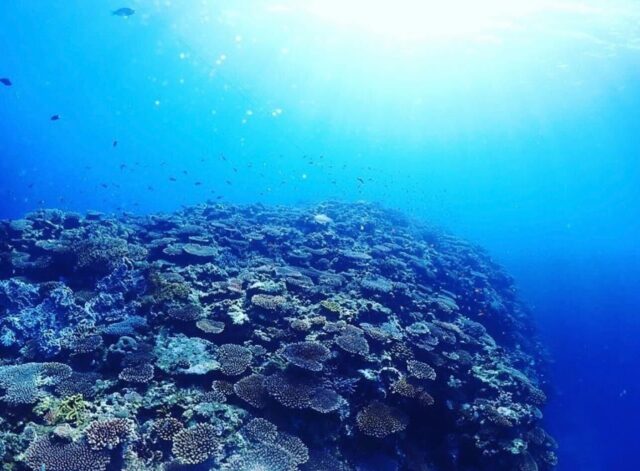
If you have always dreamed of swimming with manta rays, why don't you make it come true in the beautiful ocean of Ishigaki Island?
Besides manta rays, you can also enjoy the underwater world of sea turtles, colorful corals, and large tropical fish that you cannot find in other seas. Please come and experience the unforgettable underwater world of Ishigaki Island!
↓Click here to read the article.
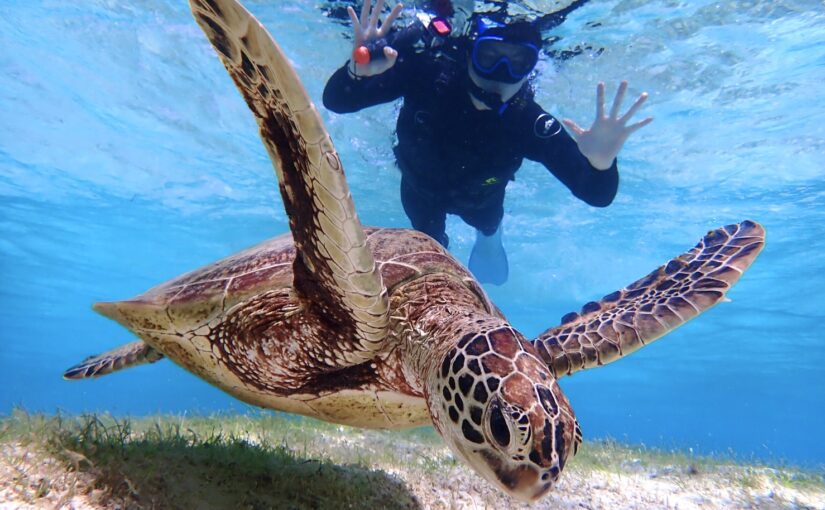 Meet sea turtles in Ishigaki Island! A complete guide to spots, times, and recommended snorkeling & tours!Table of Contents 1 Can I meet sea turtles in Ishigaki Island? 2 Types of sea turtles living in Ishigaki Island2.1 Green turtles2.2 Loggerhead turtles2.3 Hawksbill turtles3 High probability of encountering sea turtles4 Turtles and manta rays [...].
Meet sea turtles in Ishigaki Island! A complete guide to spots, times, and recommended snorkeling & tours!Table of Contents 1 Can I meet sea turtles in Ishigaki Island? 2 Types of sea turtles living in Ishigaki Island2.1 Green turtles2.2 Loggerhead turtles2.3 Hawksbill turtles3 High probability of encountering sea turtles4 Turtles and manta rays [...].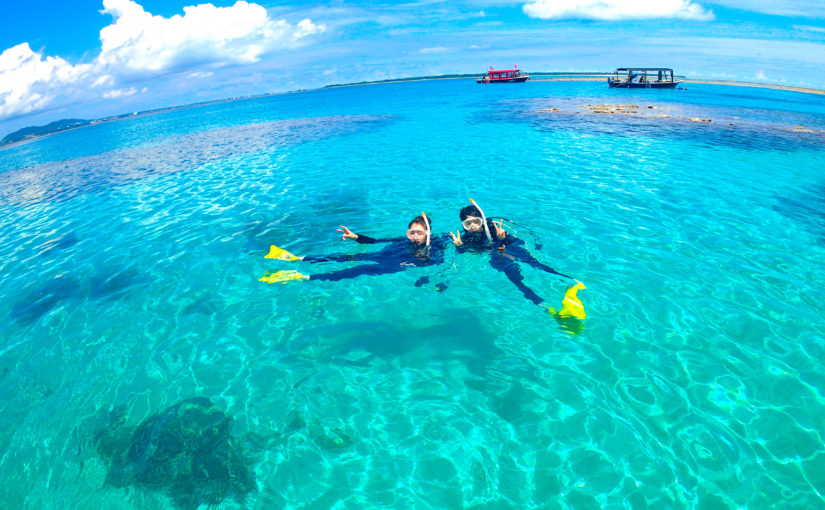 Snorkeling" and "Diving" are the most popular activities to enjoy Ishigaki Island.Why don't you make your debut snorkeling or diving in Ishigaki Island, which is known as one of the most beautiful islands in the world? We will introduce information that even beginners can enjoy with ease.
Snorkeling" and "Diving" are the most popular activities to enjoy Ishigaki Island.Why don't you make your debut snorkeling or diving in Ishigaki Island, which is known as one of the most beautiful islands in the world? We will introduce information that even beginners can enjoy with ease.


